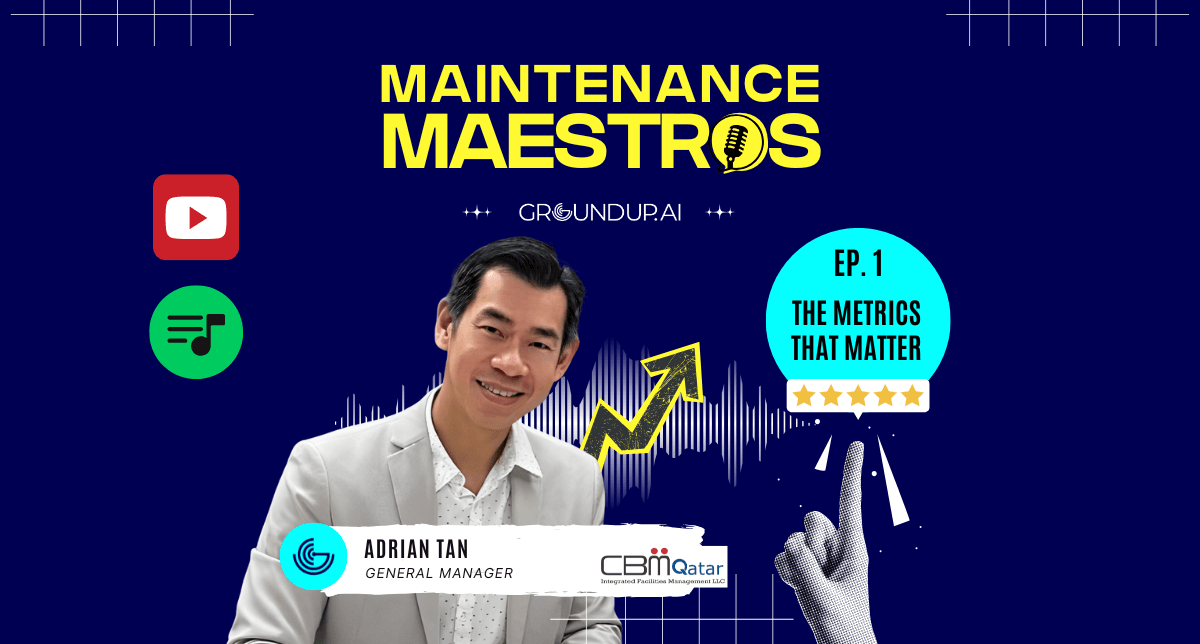When it comes to customer demand, Steve Jobs famously said, “Our job is to figure out what they’re going to want before they do.” Jobs’ position is that Apple needed to “read things that are not yet on the page”.
For centuries, businesses have sought ways to predict the future and improve supply chain efficiency through demand forecasting. In today’s competitive market, success hinges on accurate demand planning, yet many rely on flawed qualitative forecasts based on market trends, leading to costly errors like inventory issues and lost sales.
Accurate, data-driven demand forecasting using real customer data offers a powerful solution. Industries like semiconductor manufacturing are already benefiting from these strategies to optimize inventory and streamline supply chains, reducing costs and improving customer satisfaction.
What Is Demand Forecasting?
Demand Forecasting, as the name suggests, is the process of forecasting an estimate of customers’ demands based on historical sales data. This customer-focused predictive analytics is essentially a quantitative, anticipatory strategy based on Machine Learning (ML) algorithms. It can be utilised to gain valuable insights about any particular customer’s demand patterns with the help of a historical database consisting of data collected about their order history. The data-driven technology thus helps businesses prioritise customers and accurately predict their demands to plan stock inventories for their foreseeable purchases and avoid any out-of-stock situations. It also virtually eliminates ‘holding inventory’ costs in time and money by allowing production to be adequate, not too much nor too little.
Why Is Demand Forecasting Important For Businesses?
Demand forecasting is important for businesses because identifying expected demand levels for your product or service means you can prepare. Forecasts don’t need to be perfect to be extraordinarily useful. Even directionally accurate forecasts can be a big help, simply knowing if demand will go down a lot, up a lot or stay about the same gives businesses time to prepare, whether that means tightening their belts, expanding a production line or staying the course.
Efficient inventory management relies in part on good demand forecasts. Insufficient inventory will not only leave customers dissatisfied and cost you revenue, but if it happens enough, or on an important enough occasion for a customer, it can result in lost future business as well. But overstocking is costly in terms of storage and logistics, and could leave some inventory unsold for a long time, or forever, resulting in a total loss of investment. So, finding the right inventory balance is an indispensable aspect of a good demand forecast.
Demand forecasting is crucial for growing small and midsize businesses, which face greater risks and variability than established companies. Poor forecasting can cause startups to either miss big orders or scale too quickly for demand that never comes, often leading to failure. Either way, the bad forecast causes the company to eat up its runway, the number of months it can operate before running out of money, by burning through the cash it needs to survive.
7 Demand Forecasting Types
Demand forecasting has a large umbrella that covers many different approaches, models and formulas. The lion’s share of those are captured in one or more of the following six types of demand forecasting, which fall along three meaningful dimensions: passive versus active methods, short-term versus long-term horizon and internal versus external focus from the business’s perspective.
- Passive demand forecasting
- Active demand forecasting
- Artificial intelligence forecasting
- Short-term demand forecasting
- Long-term demand forecasting
- Internal (micro-level) demand forecasting
- External (macro-level) demand forecasting

Benefits Of Demand Forecasting
1. Improve Supply Chain Efficiency & Finances
According to McKinsey, supply-chain performance is assessed by the Right Product, Right Time, Right Location (RPRTRL) metric. Amongst the three components (right product, right time, and right location) that make up the metric, the first component, right product, referring to demand planning, is the key determinant of supply chain efficiency. It is thus utmost importance for this demand planning to be as close to accuracy as possible as its consequences affect the entire chain, much like the ‘bull-whip effect’ mentioned above.
Demand forecasting uses data analytics to accurately align supply with demand, optimizing the entire supply chain from production to delivery. This helps businesses, especially those reliant on suppliers and distributors, improve efficiency and meet targets precisely.
Financially, accurate forecasts reduce costly excess inventory and related expenses like warehousing and taxes. By planning production based on real demand, companies preserve cash flow, cut unnecessary costs, and free up resources for growth
2. Optimise Labour Management
Fluctuations in demand directly affect labor management decisions, forcing businesses to either overhire to avoid understaffing or risk falling short during busy periods. Overstaffing during slow times leads to wasted resources and high employee turnover, while understaffing during peak demand can result in missed orders and dissatisfied customers. Additionally, hiring quickly during sudden demand spikes often incurs high costs.
Demand forecasting helps eliminate this uncertainty by providing accurate predictions of customer demand. With this insight, businesses can better align labor schedules and recruitment efforts to actual needs, ensuring sufficient staffing without unnecessary overtime. This leads to more efficient order fulfillment, reduced labor costs, and improved communication with internal teams and external suppliers or distributors, ultimately enhancing overall operational efficiency.
3. Increase Customer Satisfaction
Customer satisfaction is the end goal and forms the cornerstone for customer retention and referrals, regardless of business or industry. It’s all about making sure the customers are delivered the right products at the right time without any delays or discrepancies in expectations. More often than not, customers know exactly what they want. Thus, the data-driven strategy forecasts demands based on their historical data of orders and facilitate business owners to prepare inventories for prompt delivery. Being a customer-focused strategy at every step of the way, this technological solution guarantees increased customer retention and satisfaction in businesses, thereby promoting long-term growth.
4. Better High-Level Decisions
Good demand forecasts can give business leaders insight into some of the most important decisions they make. Do we stop offering a product, launch a new version or stay the course? Which new product space do we enter, if any? Which new geographic market do we enter, if any? All of these and more can be informed by good demand forecasting at both the micro and macro levels.
5. Informed Scaling
For businesses focused on growth, scaling at the wrong pace is an enormous risk. Grow too slowly and you risk failing to meet obligations or customer needs, and those kinds of failures can be fatal to a young company. But growing too fast is expensive, burning cash and dramatically shortening a company’s runway. The pace of scaling has been a make-or-break factor for many a startup. Good demand forecasting can help reduce those risks and provide guidance when making decisions about how fast to grow operational capacity.
Challenges of Demand Forecasting
Demand forecasters face many challenges, ranging from trivia, “semantics in this field are often muddled,” to formidable, “predicting the future is hard”. Here are four common challenges that forecasters should be aware of because they’re often substantial, and surmountable, with the right preparation.
- Data Wrangling
- Selection Bias
- Bad Recordkeeping
- Pivoting
Deploy Demand Forecasting With Groundup.ai
In today’s volatile market, accurate demand forecasting is essential for smart decision-making. Using real customer data, it ensures businesses deliver the ‘right product’ at the ‘right time.’
This data-driven, customer-focused approach goes beyond trends to predict true demand, improving inventory management, boosting customer satisfaction, and enhancing retention. Adopting demand forecasting helps businesses optimize finances and gain a competitive edge.
Get in touch with us to discuss this further, and we could explore together a better data-driven strategy for all-around efficiency. At groundup.ai, we will support and guide you through the implementation process. Using our technology, we can efficiently pull data and behaviours from past customer behaviours to create evolutionary changes to your business and drive business value.











